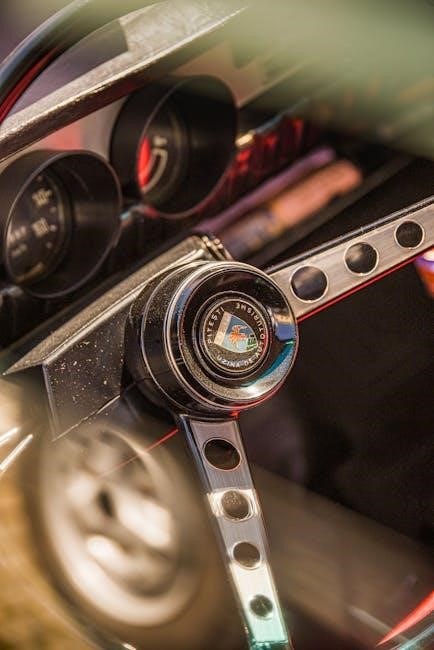Can You Drive an Automatic Car with a Manual Licence?
Yes, you can drive an automatic car with a manual licence․ A manual licence allows you to operate both manual and automatic vehicles, as it demonstrates your ability to handle more complex gear controls․ This flexibility is beneficial, especially if you need to switch between car types․ However, the reverse is not true, as an automatic licence restricts you to automatic vehicles only․
Understanding Manual and Automatic Licences
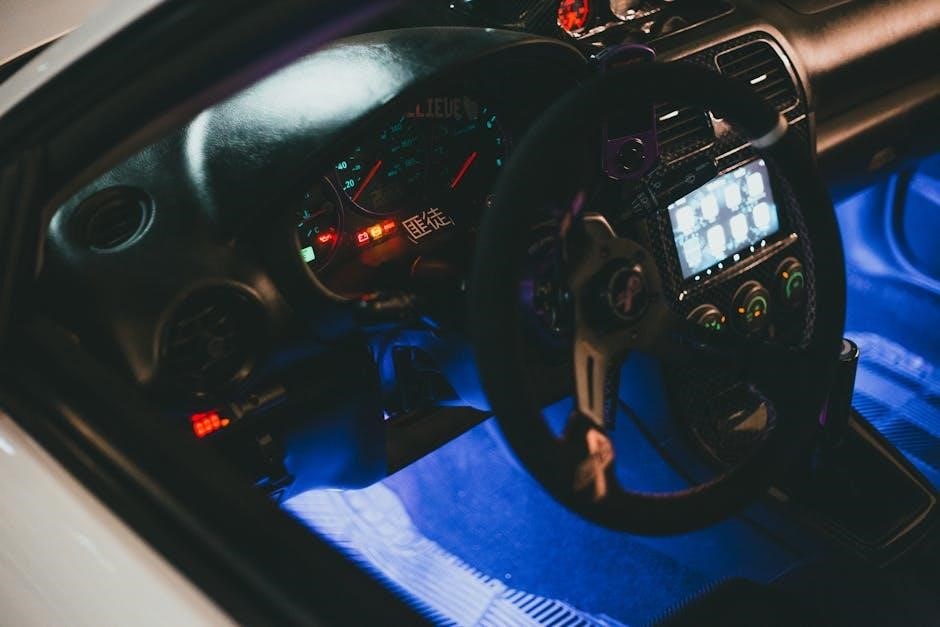
Driving licences are categorized into two main types: manual and automatic, each granting different privileges to drivers․ A manual licence is issued to drivers who pass their driving test in a vehicle with a manual transmission․ This type of licence is more versatile, as it allows the holder to drive both manual and automatic cars․ The reasoning behind this is that driving a manual car requires mastering additional skills, such as operating a clutch pedal and manually shifting gears, which are not needed for automatic vehicles․ As a result, drivers with a manual licence are considered capable of handling the simpler controls of an automatic car․
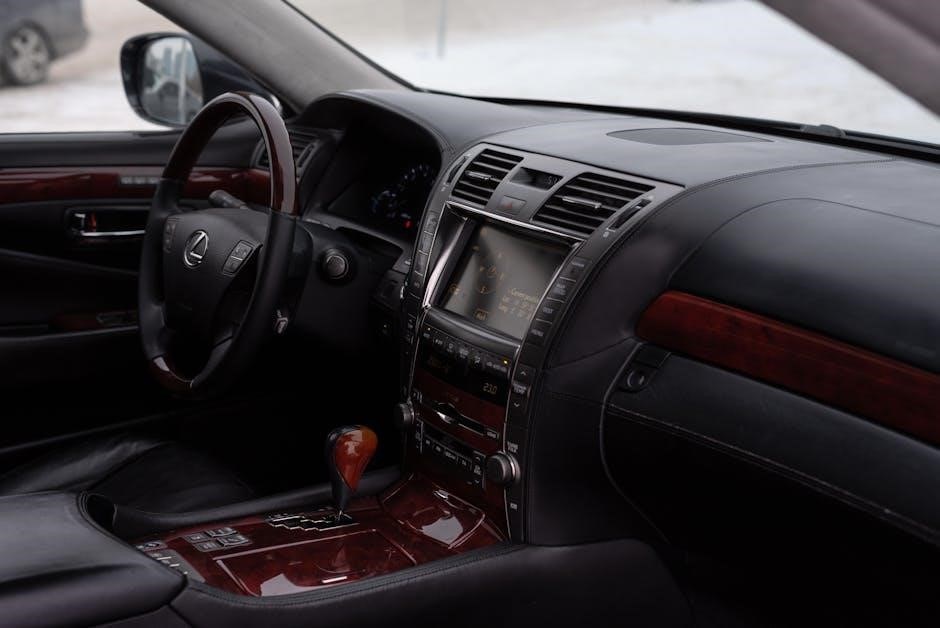
In contrast, an automatic licence is granted to drivers who complete their driving test in an automatic vehicle․ This licence restricts the driver to operating only automatic or semi-automatic cars․ The rationale is that the driving test in an automatic car does not assess the driver’s ability to manage manual gear changes, which are essential for driving a manual vehicle․ Therefore, holders of an automatic licence are not legally permitted to drive manual cars without further training or testing․
The distinction between the two licences is crucial because it determines the types of vehicles a driver can legally operate․ While a manual licence offers greater flexibility, an automatic licence is more limiting․ This difference is reflected in the driving test process, where the choice of transmission type can have long-term implications for a driver’s freedom on the road․ Understanding these differences is essential for anyone considering which type of licence to pursue, as it directly impacts their ability to drive various types of vehicles in the future․
Legal Permissions and Flexibility
The legal permissions granted by a driving licence depend on the type of transmission used during the driving test․ If you hold a manual licence, you are legally permitted to drive both manual and automatic vehicles․ This is because the manual licence is considered the more comprehensive option, as it requires the driver to demonstrate the ability to operate a clutch pedal and manually shift gears․ These skills are not necessary for driving an automatic car, but the licence still covers both types of vehicles․
On the other hand, an automatic licence restricts the driver to operating only automatic or semi-automatic cars․ This restriction is in place because the driving test for an automatic licence does not assess the driver’s ability to handle manual gear changes․ Therefore, driving a manual car with an automatic licence is illegal and can result in penalties, fines, or even licence suspension․ The legal system is designed to ensure that drivers only operate vehicles for which they have been properly trained and tested․
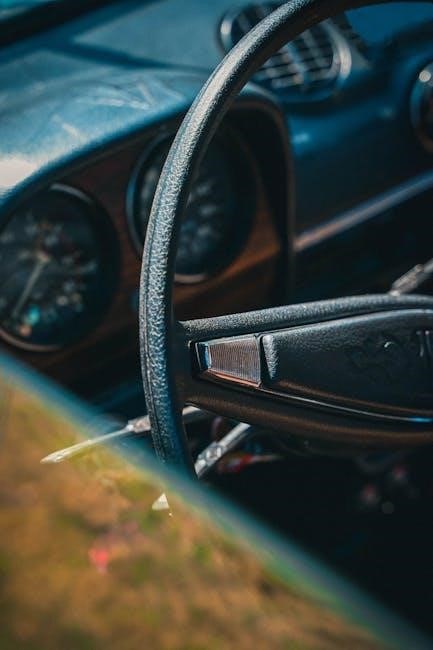
The flexibility of a manual licence is a significant advantage for drivers who want to have more options when choosing a vehicle․ With a manual licence, you can seamlessly transition between manual and automatic cars, whether renting, borrowing, or purchasing a vehicle․ This flexibility is particularly useful in regions where both types of cars are commonly available․ Additionally, having a manual licence can be beneficial if you plan to drive in countries where manual transmissions are more prevalent․
Insurance Considerations
Insurance considerations play a crucial role when determining whether you can drive an automatic car with a manual licence․ In most cases, holding a manual driving licence provides broader coverage and flexibility when it comes to insurance․ Since a manual licence allows you to drive both manual and automatic vehicles, insurance companies generally recognize this and do not impose additional restrictions․ This means that if you have a manual licence, you can typically insure and drive an automatic car without any issues․

However, the situation may vary slightly depending on the insurance provider․ Some companies might require you to notify them if you plan to drive a different type of vehicle, even if your licence technically permits it․ It is always a good idea to check with your insurance provider to confirm their specific policies regarding automatic cars and manual licences; This ensures that you are fully covered and compliant with the terms of your policy․
For individuals who hold an automatic licence but wish to drive a manual car, the insurance implications are more significant․ Driving a manual car with an automatic licence is illegal and can result in severe penalties, including fines and licence suspension․ Additionally, your insurance policy would likely be invalidated if you were involved in an accident while driving a manual car without the proper licence․ This is why upgrading your licence to a manual one is essential if you plan to drive manual vehicles regularly․
When upgrading from an automatic to a manual licence, some insurance companies may treat this as a change in your driving qualifications․ This could potentially affect your premiums, especially if they view the upgrade as an indication of increased risk․ However, this is not always the case, and many providers will simply adjust your policy to reflect your new licence type․ It is important to discuss these changes with your insurer to avoid any misunderstandings or gaps in coverage․
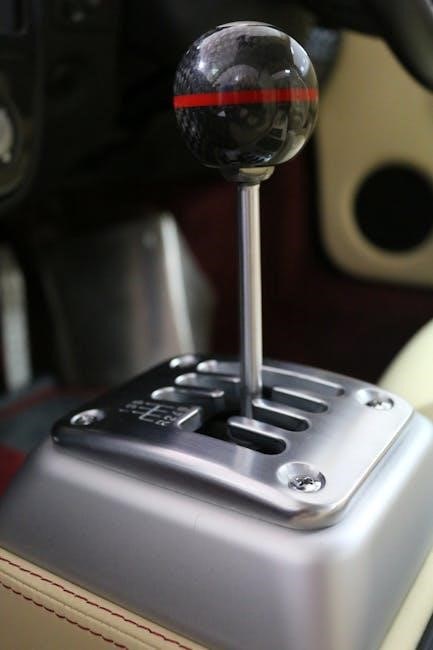
Upgrading from Automatic to Manual Licence
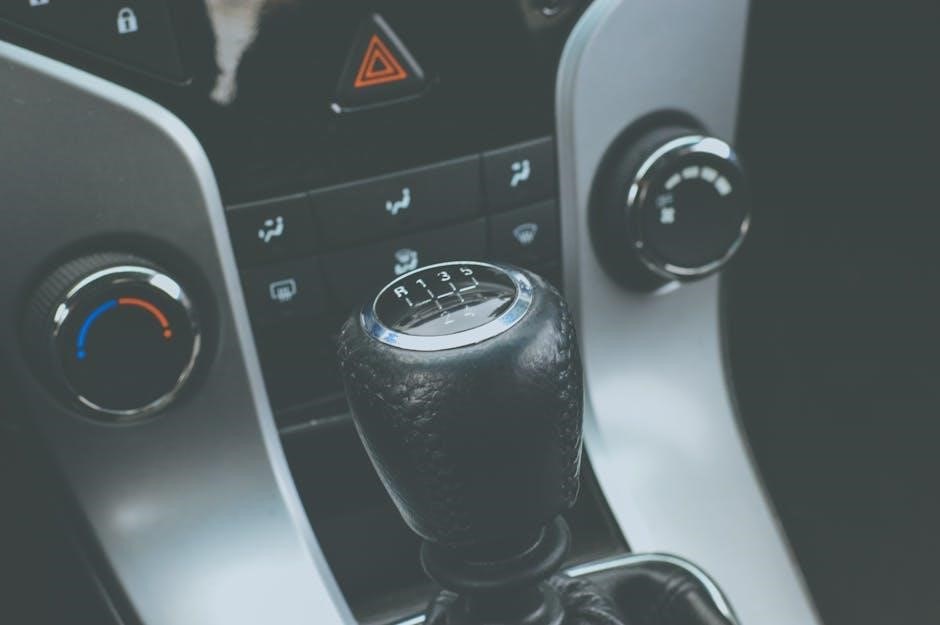
Upgrading from an automatic to a manual licence is a common decision for drivers who wish to gain more flexibility and control over their vehicles․ If you initially passed your driving test in an automatic car, your licence will only permit you to drive automatic or semi-automatic vehicles․ However, by upgrading to a manual licence, you can legally operate both manual and automatic cars, opening up more possibilities when renting, borrowing, or purchasing vehicles․
To upgrade your licence, you will need to pass a driving test in a manual car․ This test assesses your ability to safely and effectively operate a vehicle with a clutch pedal and manual gear changes․ Unlike the initial driving test, you will not need to retake the theory test, as this was already completed when you obtained your automatic licence․ The practical test will focus on your ability to handle the manual transmission smoothly and confidently․
Before taking the test, it is essential to practice driving a manual car extensively․ Many driving schools offer lessons specifically designed for learners transitioning from automatic to manual vehicles․ These sessions will help you master techniques such as clutch control, gear shifting, and reversing in a manual car․ Consistent practice is key to building the muscle memory and coordination required for manual driving․
Once you have passed the test, your licence will be updated to reflect your new qualification․ This upgrade not only broadens your driving options but also demonstrates a higher level of driving skill, which may be viewed favourably by employers or car insurance providers․ Additionally, having a manual licence can be advantageous in countries where manual cars are more common or preferred․
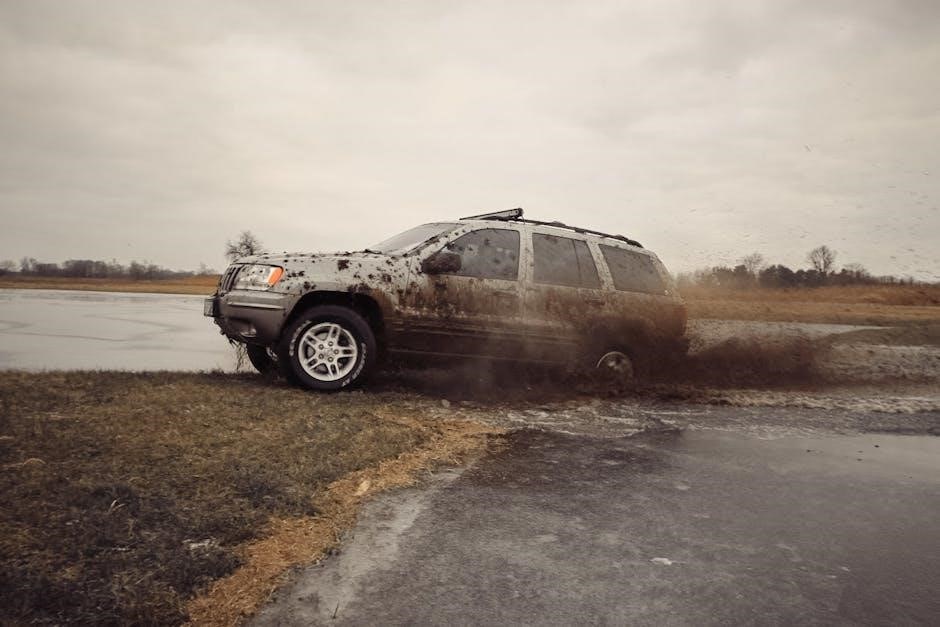
It is important to note that some car insurance companies may treat the upgrade as a change in your driving status, potentially affecting your premiums․ While this is not always the case, it is advisable to check with your insurer before proceeding․ Overall, upgrading from an automatic to a manual licence is a straightforward process that offers long-term benefits for drivers seeking greater flexibility and control․
On the other hand, an automatic licence restricts you to driving only automatic or semi-automatic vehicles․ This limitation can be inconvenient in situations where manual cars are more readily available or preferred․ However, upgrading from an automatic to a manual licence is a viable option for those seeking greater freedom․ By passing a practical driving test in a manual car, you can expand your driving capabilities and enjoy the benefits of being able to operate any vehicle, regardless of its transmission type․

Ultimately, the choice between a manual and automatic licence depends on your personal preferences, driving habits, and future needs․ If you anticipate needing to drive manual cars regularly, obtaining a manual licence is highly recommended․ Conversely, if you primarily drive automatic vehicles, an automatic licence may suffice․ Regardless of your decision, understanding the differences and limitations of each licence type is crucial for making informed choices about your driving career․
